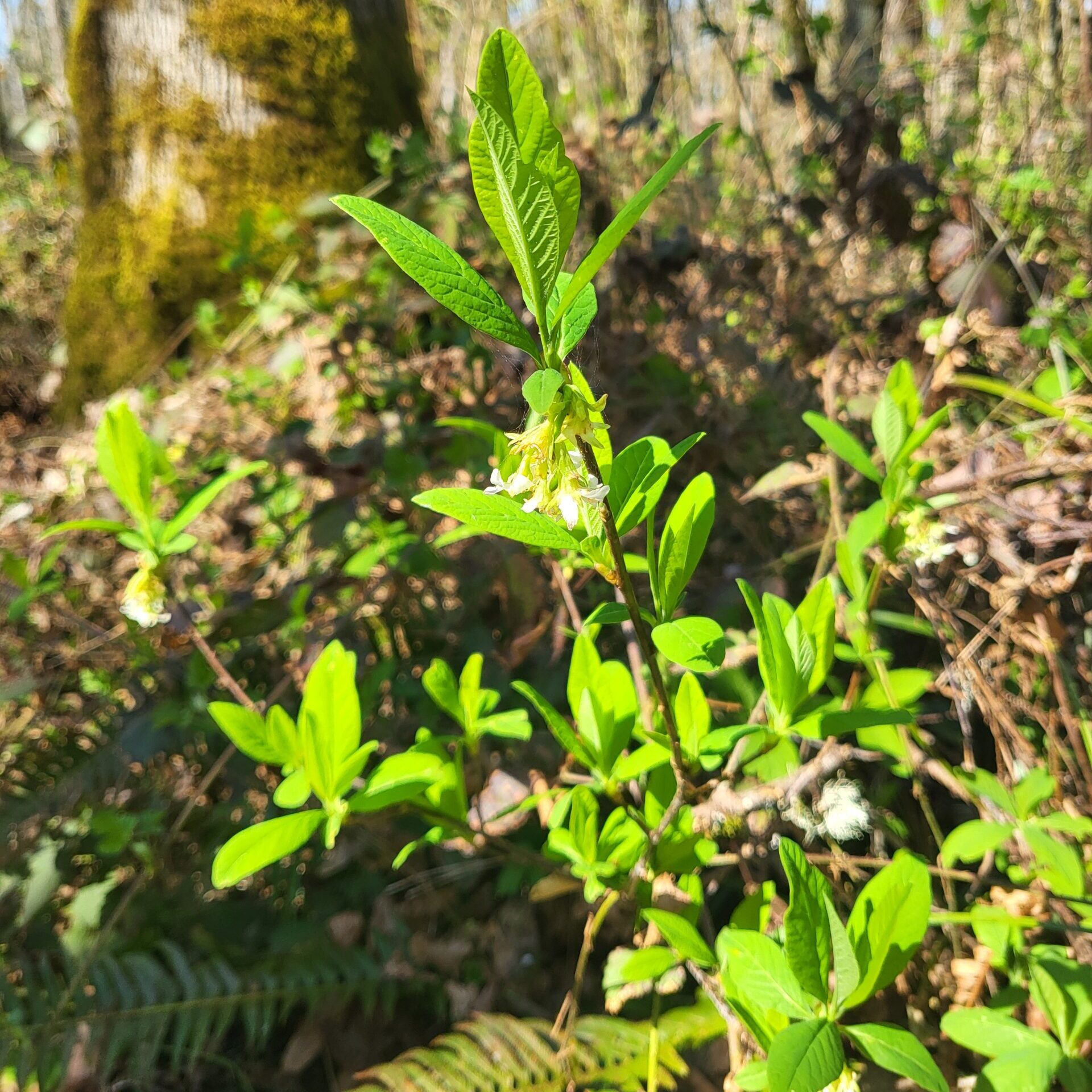What is western red cedar?
Western red cedar is one of our most iconic PNW evergreen trees. As is true of all of Oregon’s cedar species, western red cedar isn’t actually a true cedar; that would be the old-world cedars, which are completely unrelated and not native to Oregon. Our cedars are actually members of the cypress family. And they can get huge! One of Oregon’s biggest and oldest trees is a western red cedar known simply as The Big Tree, located near Rockaway Beach. With a height of 154 ft. and a circumference of 50 ft., it’s the largest known cedar tree in Oregon (by mass), and its estimated age is between 800 and 1,200 years old!
Most cedar trees don’t get quite that big, but many do get to over 100 ft. tall and 15 ft. in diameter. But what is a cedar tree? How can you tell a cedar from other evergreens, like pines and firs? There are three things I look for when identifying a western red cedar.

How to identify a western red cedar in three easy steps:

#1 The bark
Cedars have distinct bark. Look for deep, vertical grooves, and a thready, papery texture. It’s easy to peel off strips of the bark, and it has a fibrous nature, so it was traditionally used by Indigenous peoples to make fabric for clothes, baskets, etc.

#2 The leaves
Rather than having long, poky needles like pine or fir trees, cedars have flat, lacy-looking leaves arranged in a fishbone pattern. If you look closely, there are overlapping scales on the leaves that give them their rough texture.

#3 The cones
While other evergreen trees (like pines, firs, and spruces) have large cones, western red cedars have thumbtack-sized little guys (sometimes called ‘cedar berries’) that grow in clumps at the leaf edges. They start off bright green and dry to brown by fall, and the texture is rough and scaly.
Western Red Cedar Stats
- Scientific Name: Thuja plicata
- Common Names: western red cedar, pacific red cedar
- Plant Family: the cypress family (Cupressaceae)
- Origin: native to Oregon and the PNW
- Ecosystem: large tree that forms part of forests in the Willamette Valley, Coast Range, and Western Cascades
- Leaves: scaly, flat, fishbone pattern, evergreen
- Cones: thumbtack-sized, grow in clusters







